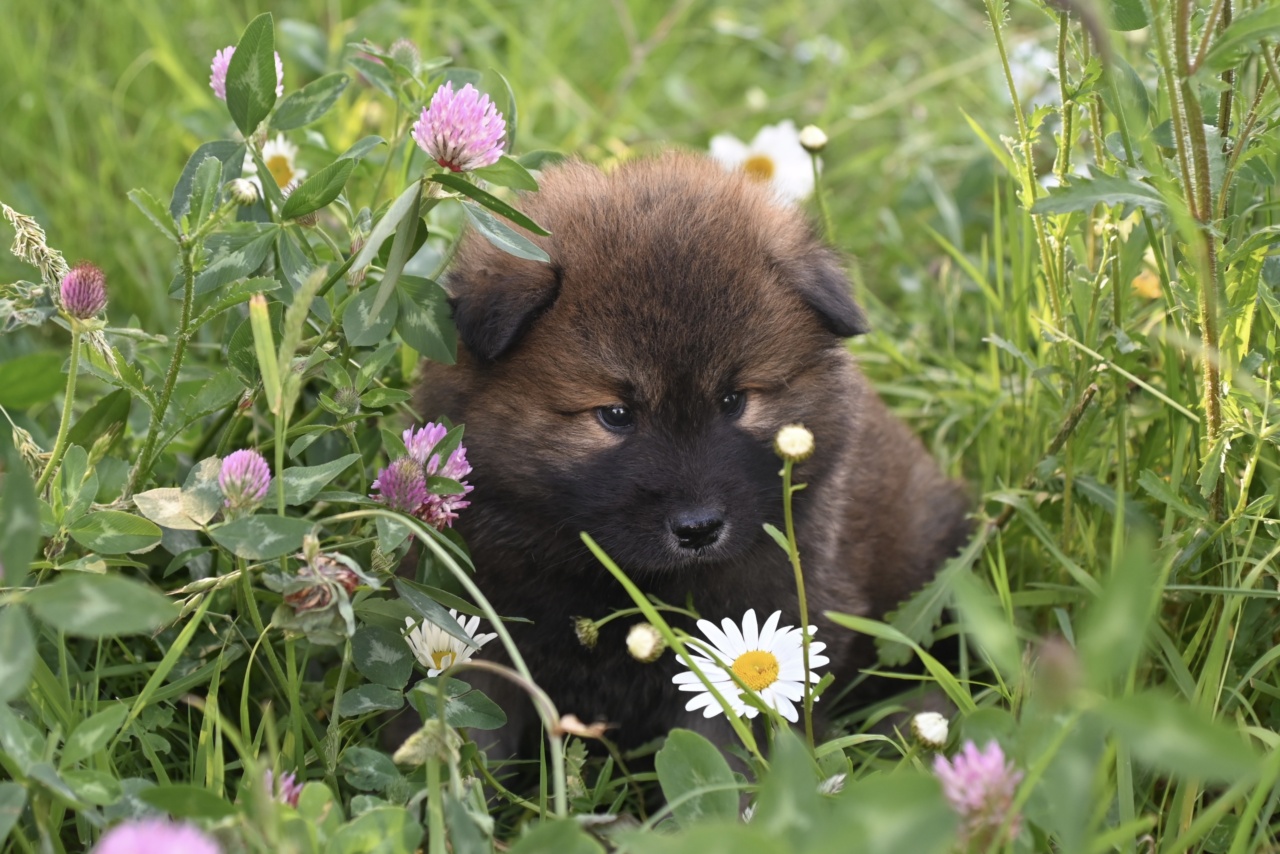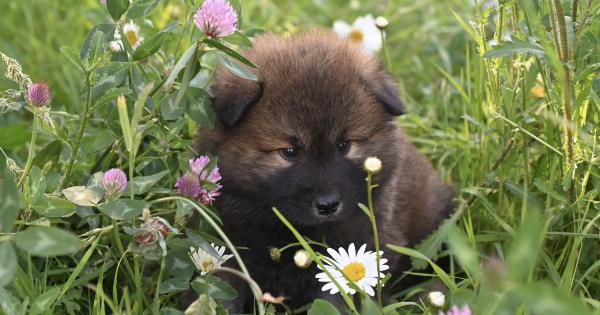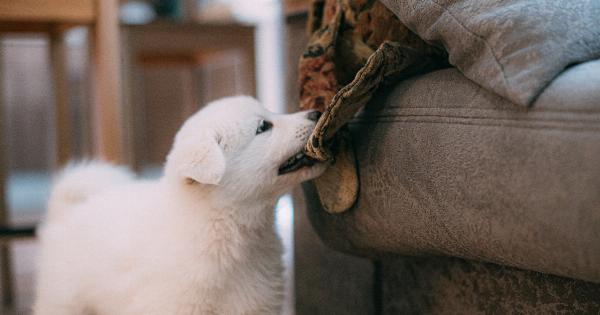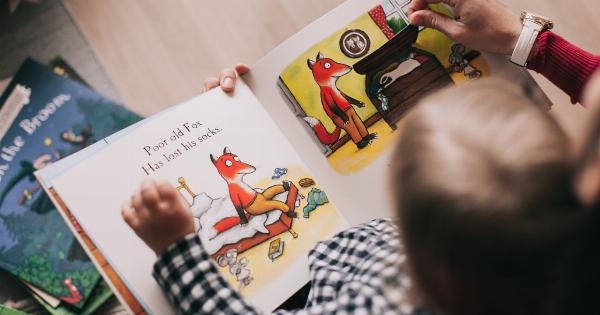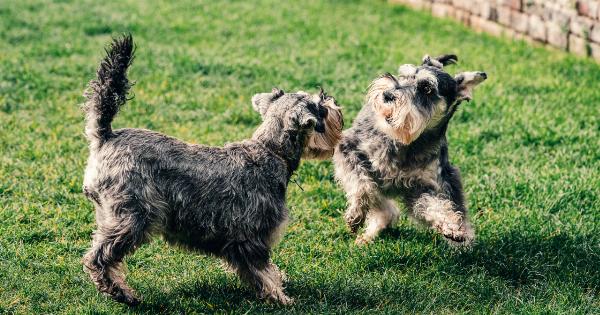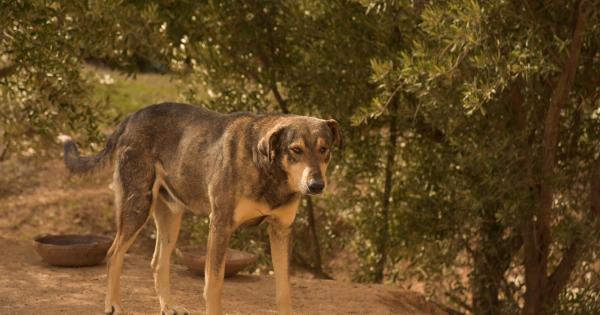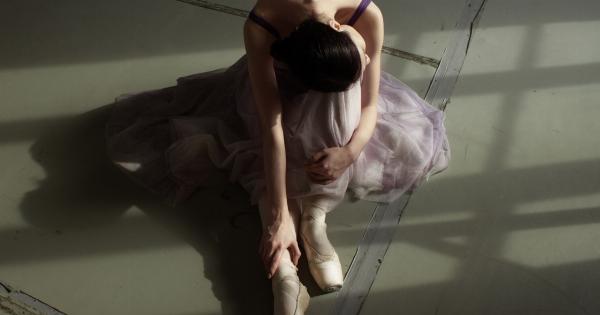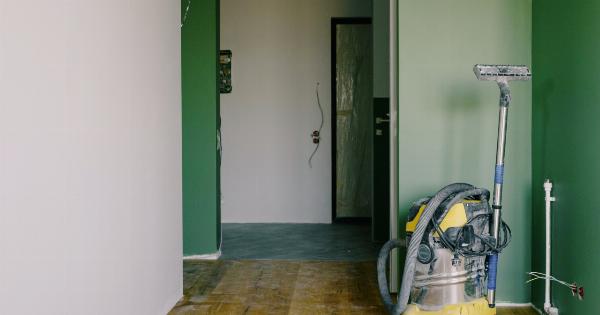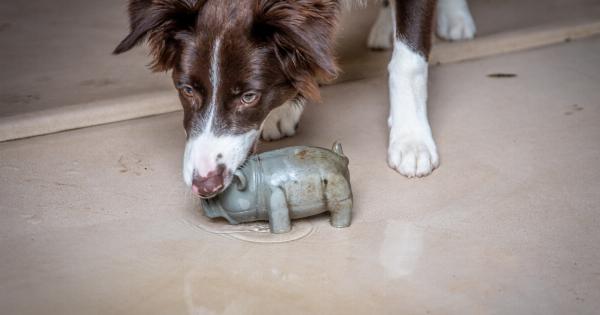Getting a new puppy is an exciting and joyful experience. Watching them grow and change is a delight for any pet owner. However, like humans, puppies also go through various stages of development.
While it may be difficult to determine the exact age when your furry friend is no longer a puppy, there are certain signs and milestones that can help you gauge their transition into adulthood. In this article, we will explore how to know when your puppy is no longer a puppy.
1. Physical Growth
One of the most obvious signs that your puppy is no longer a puppy is their physical growth. Puppies experience their highest rate of growth during their first six months.
By the time they reach the age of one year, most dog breeds have reached their adult height and weight. However, giant breeds may continue to grow slowly until they are 18-24 months old. Keep an eye on their overall size and stature to determine if they have reached their adult size.
2. Sexual Maturity
Another important milestone in determining when your puppy is no longer a puppy is their sexual maturity. For male dogs, this typically occurs between six to twelve months of age.
They may start exhibiting signs of marking territory, mounting behavior, or aggression towards other male dogs. Female dogs, on the other hand, generally reach sexual maturity between six to nine months and experience their first heat cycle.
3. Behavioral Changes
Your puppy’s behavior can also indicate their transition into adulthood. Puppies are known for their boundless energy and hyperactive behavior, but as they mature, they tend to become calmer and more relaxed.
You might notice that your puppy is not as interested in playing or exploring like before. This change in behavior is a good sign that they are outgrowing their puppy phase.
4. Dental Development
Puppies, like human babies, lose their baby teeth to make way for their permanent teeth. By the age of six to eight months, most puppies would have lost all their baby teeth.
Their permanent teeth will be fully grown, and you will notice a set of adult teeth that are significantly larger and stronger. Keep a lookout for your puppy’s dental development to determine if they have transitioned into adulthood.
5. Training Progress
Training a puppy requires time, patience, and consistency. As they grow older, their ability to learn and retain information also improves.
If you notice that your puppy has mastered basic commands and is consistently well-behaved, it is a good indication that they are no longer a puppy. Adult dogs tend to have a longer attention span and can follow complex instructions more easily.
6. Exercise Needs
Young puppies have immense energy and require plenty of exercise to burn it off. However, as your puppy grows older, their exercise needs may change.
While daily exercise is still important, you might notice that they become more relaxed and can go for longer periods without intense physical activity. Adulthood brings forth a more balanced energy level, indicating that your puppy has entered the next stage of their life.
7. Socialization
Puppies go through a critical socialization period during their early months. They learn to interact with other dogs, humans, and their environment. As your puppy matures, you might observe changes in their social skills.
They might display less interest in meeting new dogs or become more selective about their interactions. However, each dog is unique, and some may retain their outgoing and social nature even in their adult years.
8. Health Concerns
As your puppy grows older, their health concerns may shift from puppy-specific issues to those commonly associated with adult dogs.
Regular check-ups with a veterinarian are important to monitor their overall health and address any health concerns that may arise. Ensure that your dog receives appropriate vaccinations, preventive care, and a balanced diet to support their transition into adulthood.
9. Independence
Puppies rely heavily on their owners for care, guidance, and support. However, as they grow older, they become more independent and self-reliant. They may require less supervision and exhibit confident behavior when left alone.
The increasing sense of independence signals that they are no longer fully dependent puppies and are entering adulthood.
10. Emotional Bond
Building a strong emotional bond with your puppy is crucial during their early months. As they grow older, you might notice changes in their behavior towards you.
While they will always value your presence and affection, their attachment may evolve into a mature bond. Adult dogs often exhibit a deeper sense of loyalty and understanding towards their owners.
Conclusion
While the transition from puppyhood to adulthood may not have a specific age or moment, several signs can help you determine when your puppy is no longer a puppy.
As they grow physically, experience sexual maturity, exhibit behavioral changes, and demonstrate other signs of development, you can be confident that your beloved puppy is on their way to becoming a well-adjusted adult dog. Cherish each phase of their growth and provide them with the love and care they need throughout their journey.
